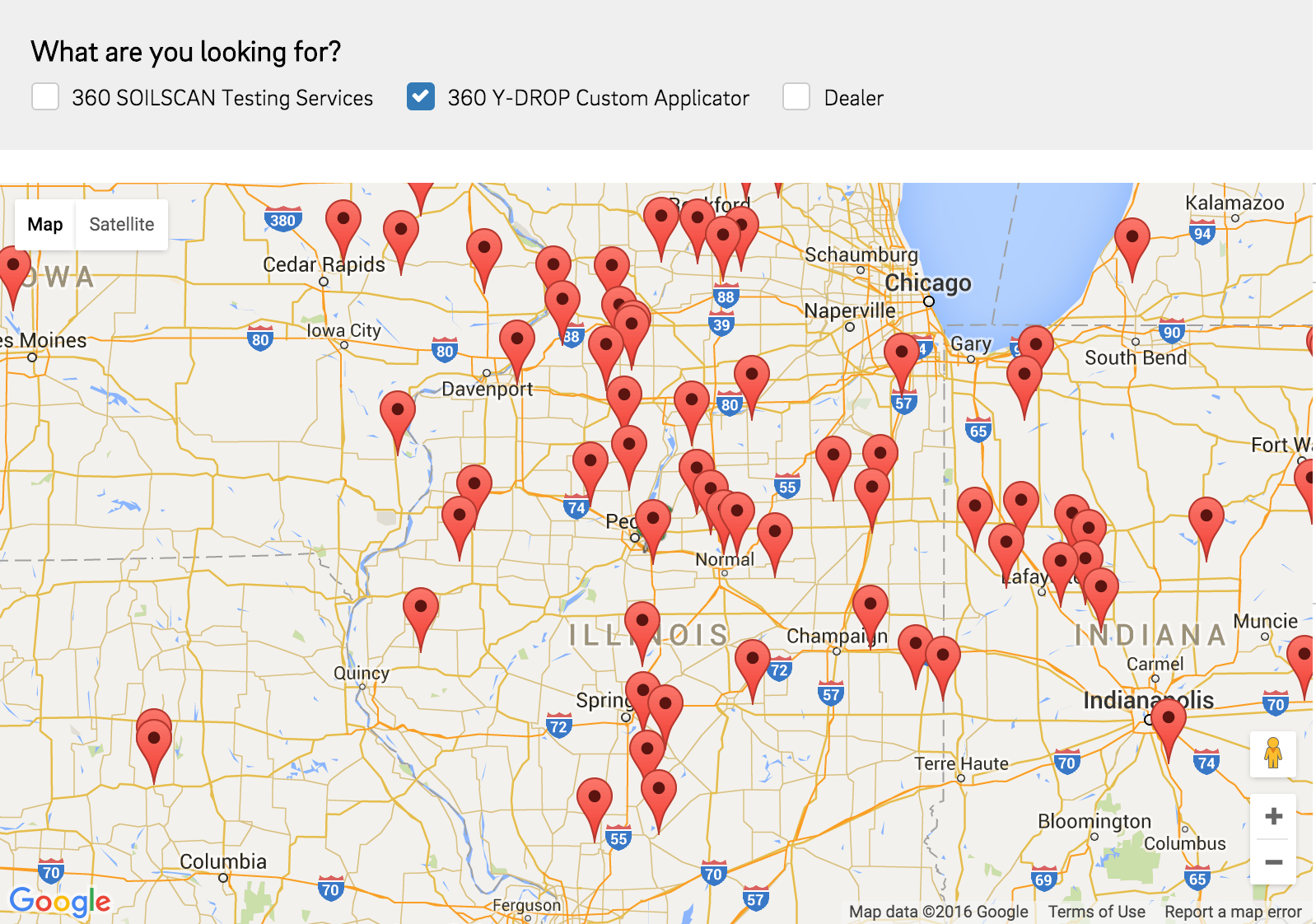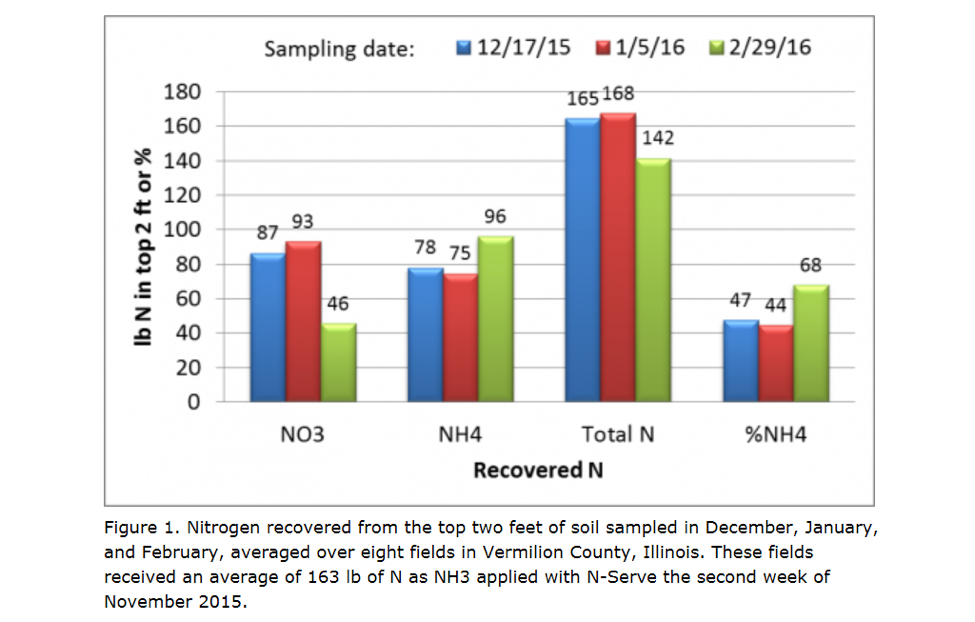Today’s growers try to walk the fine line between producing large crops as efficiently as possible while working hard to maintain environmentally friendly practices. A term we hear tossed around quite a bit today is NUE, which stands for Nitrogen Use Efficiency. You often hear numbers like .8#/bu or 1.1#/bu associated with the concept –…
Category: Blog
Mid-Season N Applications Can Be Money Maker for Sprayer Owners
It’s the law of supply and demand — if you own a self-propelled sprayer, you are in demand. Strong yield response from mid-season nitrogen applications last season means that many of your neighbors are looking for a custom applicator that can feed their crop this summer. Your self-propelled sprayer can be the centerpiece of a…
A Growing Mystery: How Much Fall Nitrogen is Left?
Many growers have already applied all or a portion of their nitrogen for this year’s crop. In many areas, a warm and wet November-December, in connection with an early warm-up this spring, has led to conversion of the NH4+ molecule to the NO3- molecule, making it more available to leach or to be denitrified, depending…
Is Sulfur the Missing Ingredient?
While 2015 will rightly be remembered as the year when supplemental nitrogen applications paid huge dividends in much of the Corn Belt, post-planting applications of sulfur often returned strong results for growers as well. The question many are asking is why do we need to add sulfur when it hasn’t been a problem for years?…
Understand pH in Order to Understand Nutrient Availability
No other soil characteristic is more important in determining the chemical environment of plants and soil microbes than pH. The degree of soil acidity, expressed as soil pH, greatly influences the root uptake availability of many critical nutrients. Effects of Soil pH Strongly acidic soil presents a host of problems. These include toxicities of…
Ammonium or Nitrate? Where's your fall nitrogen?
Many producers had a good application window for anhydrous ammonia applications this fall. Many of us unhooked from the applicator around Thanksgiving feeling good about our nitrogen plan. Then we had one of the warmest and wettest Decembers. Statewide Average Ranks: 1895 – 2016 Dec ’15 – Feb ’16 Temp – ? – ?…
Plot Planning: Best Practices for Testing Different Agronomic Practices
When it comes to adapting new products and practices for our operations, we all have a little Missouri in us . . . . ‘Show Me’. We all want to understand how something woks on our ground and in our productions system. Establishing an on-farm-testing protocol is a common way to evaluate products and practices….
Know Nitrogen Forms to Understand What's at Risk
With warmer temperatures and spring rains right around the corner, now is the perfect time to refresh our understanding of the forms of nitrogen and how to reduce the risk of nitrate loss. The process of moving from the applied form to nitrate is nitrification. So when we talk about nitrogen management, we are really…
The Results Are In: 2015 Yield Book Is Here.
The results are in. In 2015, 360 Yield Center collected data from over 100 field trials across the Corn Belt to test 360 Yield Center products against traditional nutrient management practices. Previously on the blog, we’ve shared five trials as a preview to our 2015 Yield Book. Now, you can have access to our full…
Four Takeaways from 2015
The precipitation map tells the story of 2015 growing season. From flooding rains, low nitrate levels, lack of oxygen and yellow, stunted corn to to areas that had almost ideal weather patterns and record yields. It is a year that most of us, regardless where we farm, won’t forget anytime soon. The Regional Agronomy Managers…









